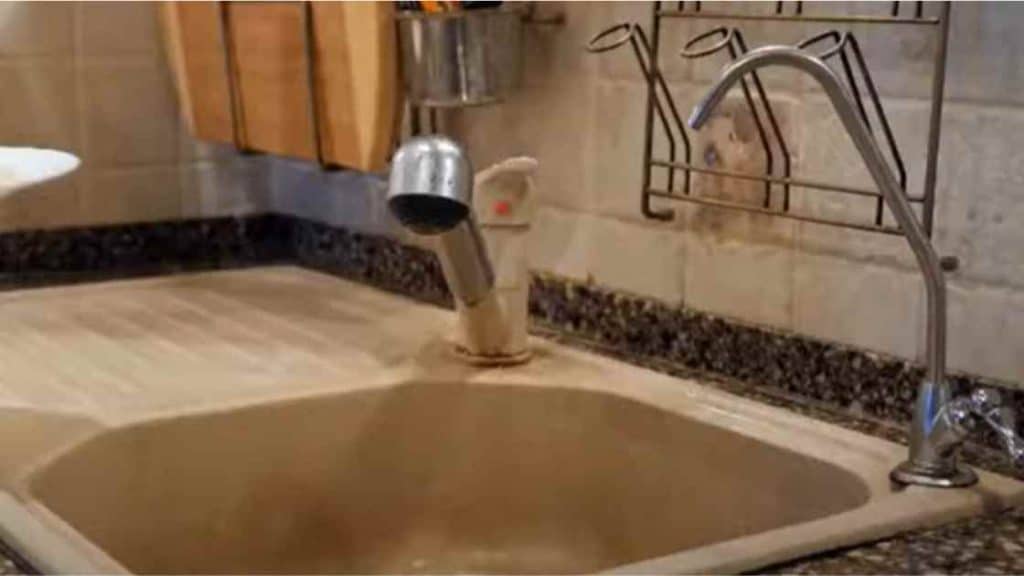To disinfect a kitchen sink without bleach, use a solution of white vinegar and baking soda. Apply this mixture, scrub thoroughly, and rinse with water for a natural cleanse.
Ensuring a germ-free kitchen environment is crucial, and the sink often becomes a hotspot for bacteria. Traditional methods like bleach are effective but can be harsh and carry a strong odor. Many homeowners prefer natural alternatives that are safer for their families and the environment.
When it comes to keeping your kitchen sink clean and germ-free, many people wonder, “How to Disinfect Kitchen Sink Without Bleach?” Well, the answer lies in the use of household items like white vinegar and baking soda.
These alternatives not only prove to be environmentally friendly but also come at a low cost and are easily accessible. By incorporating these agents into your cleaning routine, you can eliminate the need for harsh chemicals without compromising on hygiene standards.
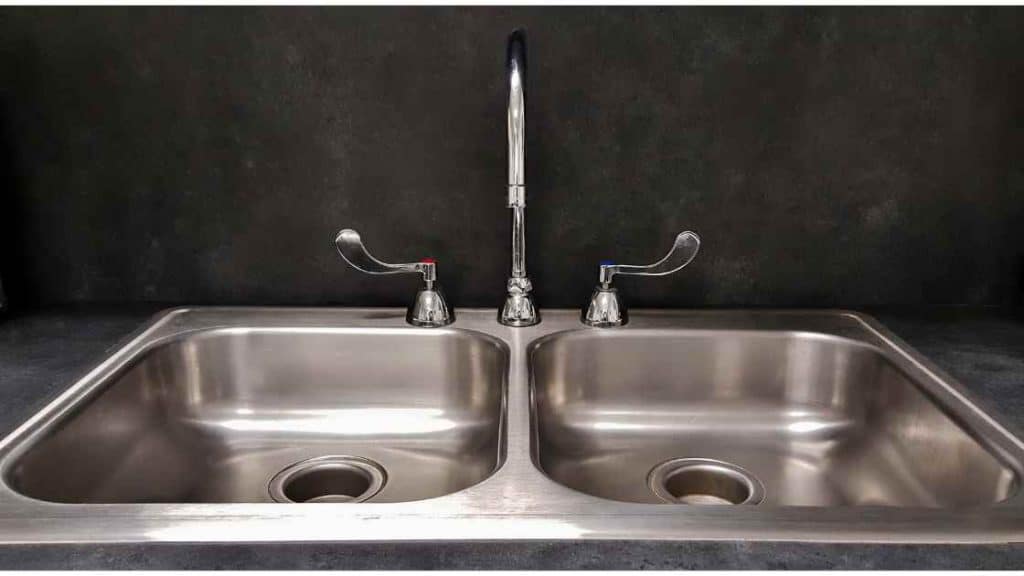
Disinfecting your kitchen sink with white vinegar and baking soda can effectively maintain a clean and healthy space, ensuring that the area where you prepare food and wash utensils remains free from harmful bacteria.
As more and more families Include eco-friendly solutions, methods like these are gaining popularity and contributing to a safer and more sustainable approach to home care.
The Need For Disinfecting Kitchen Sinks
Kitchen sinks host more than dirty dishes; they can be hotbeds for germs and bacteria. Everyday activities, from washing produce to thawing meats, leave behind microbes that can pose health risks.
Frequent cleaning is essential, but it’s important to consider how we disinfect. This section explores effective, bleach-free ways to keep sinks hygienic.
The Role Of Kitchen Sinks In Home Hygiene
- Culinary preparation starts and ends with the sink.
- Sinks collect remnants from foods, increasing contamination risks.
- Proper sink sanitation prevents cross-contamination to other kitchen areas and utensils.
Risks Of Bacterial And Viral Contaminations
| Pathogen | Risks | Common Source |
|---|---|---|
| Salmonella | Food poisoning | Raw meats |
| E. coli | Gastrointestinal illness | Unwashed vegetables |
| Norovirus | Stomach flu | Contaminated food |
Pros And Cons Of Using Bleach For Disinfection
Many opt for bleach due to its powerful disinfectant properties.
- Pros:
- Effective against a wide range of pathogens.
- Readily available and inexpensive.
- Cons:
- Can be harsh on the skin and respiratory systems.
- Potentially damaging to surfaces with regular use.
- Not environmentally friendly.
Preparation For Non-bleach Disinfection
Ensuring your kitchen sink is germ-free doesn’t have to involve bleach. Find effective methods to sanitize using non-bleach alternatives.
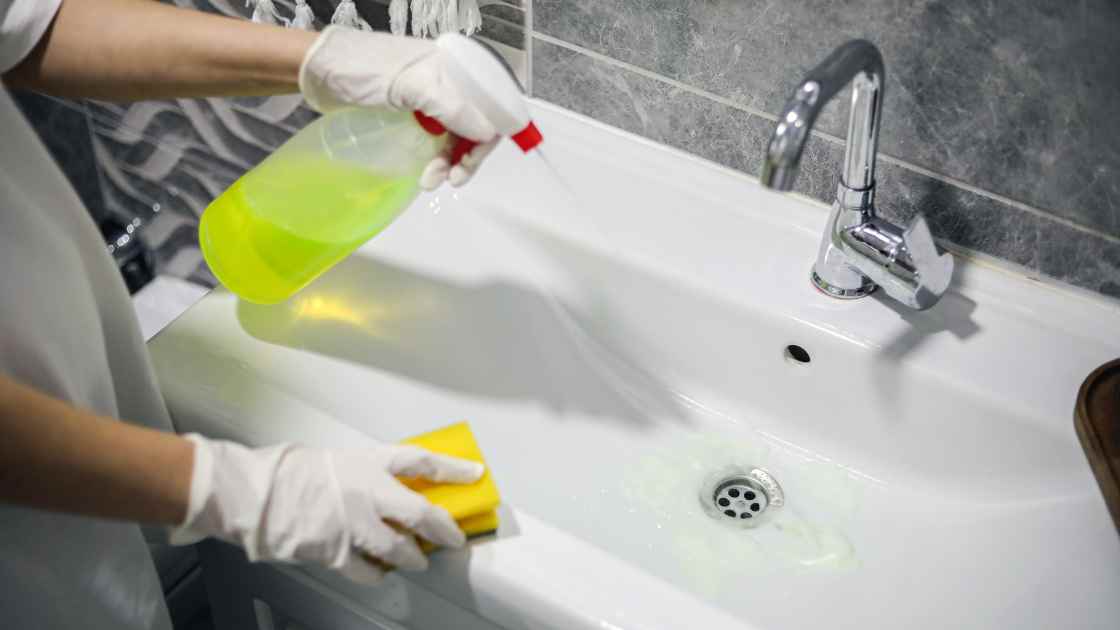
Proper preparation lays the groundwork for a safe and thorough disinfection process.
Essential Tools And Ingredients
Gather the right tools and ingredients before you start disinfecting your kitchen sink. Here’s what you’ll need:
- White vinegar – A natural disinfectant
- Baking soda – Helps remove tough stains
- Hydrogen peroxide – An alternative disinfectant
- Lemon – Adds a fresh scent and assists in cleaning
- Spray bottle – For applying the disinfectants
- Soft-bristled brush or sponge – For scrubbing without scratching
Safety Measures And Protective Gear
Safety first. Keep yourself protected. Even natural cleaners can irritate skin or eyes. Use the following:
- Gloves – To protect your hands
- Goggles – In case splashes occur
- Apron – To keep clothing clean
Clearing And Cleaning The Sink Before Disinfecting
A clean sink paves the way for effective disinfection. Follow these steps:
- Remove all dishes and debris.
- Wipe down the sink with soapy water.
- Rinse thoroughly with warm water.
- Dry with a clean cloth or paper towel.
Natural Alternatives To Bleach For Disinfection
Your kitchen sink is the heart of your home’s food preparation area. Daily, it faces dirty dishes, food scraps, and perishable food particles. A clean sink is a cornerstone of a healthy kitchen. Forget bleach.
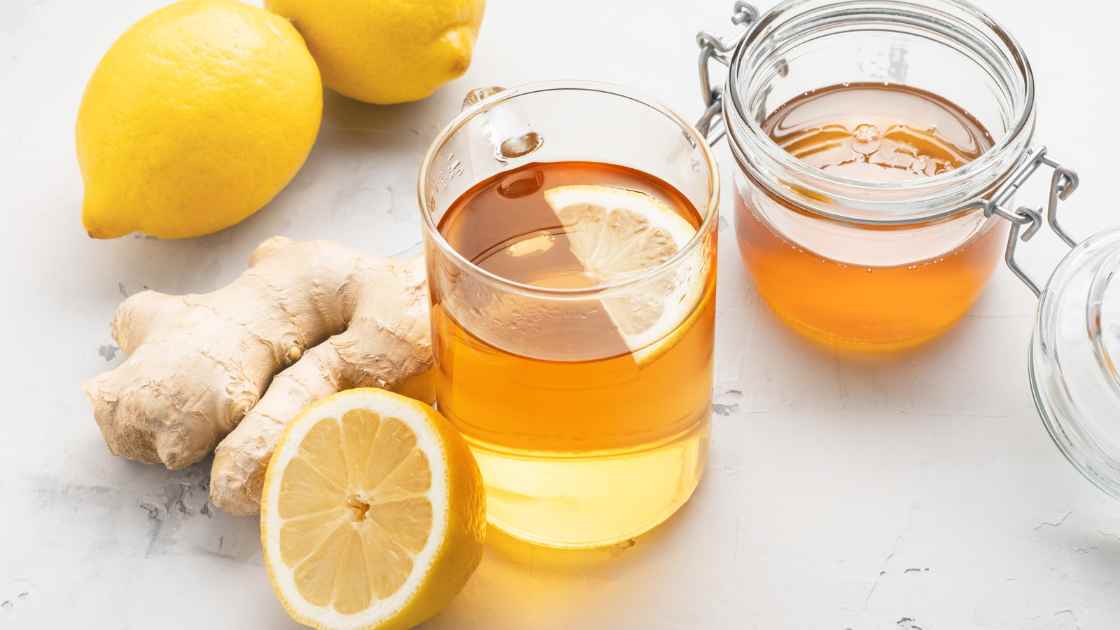
Nature provides powerful alternatives for a germ-free shine. These safe options protect your family and the environment.
Using Vinegar As A Disinfectant
Vinegar is a kitchen staple with impressive cleaning abilities. Its acidic nature cuts through grime and kills bacteria. To disinfect, fill a spray bottle with equal parts water and white vinegar. Spray your sink thoroughly. Let sit for 10 minutes. Rinse with warm water.
Leveraging The Power Of Baking Soda
Baking soda isn’t just for baking. It’s a gentle yet potent cleaner. Sprinkle baking soda in your sink. Scrub with a damp sponge. Rinse well. This method not only cleans but also deodorizes your sink.
Benefits Of Hydrogen Peroxide
- Hydrogen peroxide acts as a mild bleach.
- It’s a non-toxic way to disinfect surfaces.
- Apply it directly to the sink.
- Let it bubble for a few minutes.
- Then, rinse away for a spotless finish.
Pre-made Non-bleach Disinfectants
Keeping your kitchen sink germ-free doesn’t call for harsh chemicals like bleach. Pre-made non-bleach disinfectants offer a safer, yet effective, alternative. These solutions maintain hygiene without compromising your family’s health or the environment.
Selecting Eco-friendly Disinfectants
Eco-friendly disinfectants are a must for a green kitchen. They contain naturally derived substances that fight germs effectively.
Examples include vinegar-based sprays, hydrogen peroxide solutions, and thyme oil cleaners. Ensure the disinfectant is registered with the Environmental Protection Agency (EPA) for your peace of mind.
Opt for products with:
- Biodegradable packaging to reduce waste.
- Non-toxic ingredients for a safe cleaning experience.
- No artificial fragrances to avoid indoor air pollution.
Read labels. Know products.
Properly deciphering labels is key to selecting the right disinfectants. Look for clear instructions and active ingredients. Symbols like the Design for the Environment (DfE) mark indicate a safer product choice.
Application Techniques For Maximum Effectiveness
Use these techniques to ensure the disinfectant works well:
- Clean the sink first to remove dirt. This allows the disinfectant to touch all surfaces.
- Apply the product evenly across the sink. Use a spray or a soaked cloth.
- Let it sit for the recommended time. Check the label for how long.
- Rinse thoroughly with water to remove any remaining product.
By selecting the right product and applying it correctly, you ensure a sanitized and safe kitchen sink area.
Diy Non-bleach Disinfecting Solutions
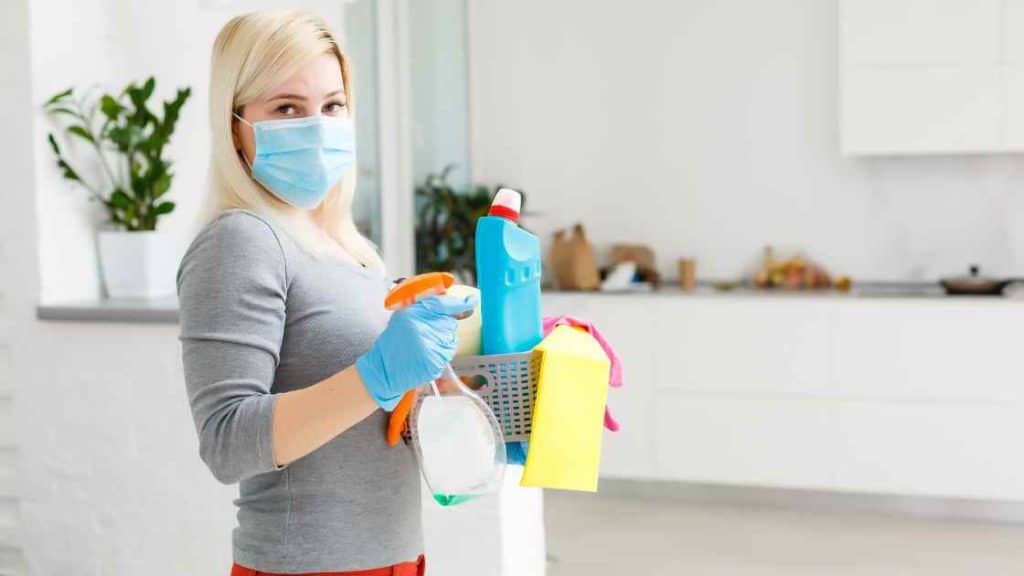
Your kitchen sink can be a breeding ground for bacteria. Clean it without harsh chemicals. These homemade, non-bleach alternatives are safe and effective. Find recipes and natural ingredients that kill germs on contact.
Recipes For Homemade Disinfectants
Banish germs with simple pantry items. Vinegar and baking soda are a powerful cleaning duo:
- Vinegar Solution: Mix equal parts of water and white vinegar. Pour it into a spray bottle.
- Baking Soda Paste: Combine baking soda with a little water to form a paste. Scrub, then rinse.
- Alcohol Spray: Use rubbing alcohol with at least 70% concentration. Apply directly and let dry.
The Role Of Essential Oils In Natural Disinfection
Essential oils add disinfecting power and a fresh scent. They’re naturally antimicrobial.
| Oil Type | Benefits |
|---|---|
| Tea Tree | Potent against various pathogens |
| Lavender | Antibacterial and soothing fragrance |
| Eucalyptus | Fights viruses and freshens the air |
Creating An Effective Citrus-based Cleaner
Citrus peels are full of antibacterial properties. A cleaner with orange or lemon peels works wonders:
- Fill a jar with citrus peels.
- Cover with vinegar and seal the jar.
- Let it sit for two weeks.
- Strain the liquid and pour it into a spray bottle.
- Add a few drops of lemon essential oil.
Now spray your kitchen sink and let the citrus magic disinfect naturally.
Disinfecting Techniques And Best Practices
Clean kitchens make for healthier homes. One common germ hotspot is the kitchen sink. Without using bleach, there are safe, effective ways to kill germs and bacteria.
Let’s dip into some user-friendly techniques to disinfect your sink using alternative solutions.
The Contact Time Necessary For Different Solutions
Different disinfecting agents require specific contact times to be effective. This time allows the solution to break down and kill bacteria and viruses.
- White Vinegar: Let sit for 30 minutes.
- Hydrogen Peroxide: Requires a 10-minute contact time.
- Baking Soda and Vinegar Mix: Wait for 5 minutes after fizzing.
- Boiling Water: Pour and leave for several seconds to sanitize.
Follow these recommendations for optimal results.
Scrubbing And Brushing Techniques
Proper scrubbing removes grime and allows the disinfectant to work better. Use:
- Non-abrasive scrubbers to protect sink surfaces.
- Stiff brushes for drain cleaning.
- Circular motions to cover all areas.
- Gentle strokes on sensitive materials like stainless steel.
Pair these methods with the chosen solution for squeaky-clean results.
Ensuring Even Coverage And Thorough Application
An even application ensures that no spot goes untreated. Follow these steps:
- Spread the solution using a clean sponge or cloth.
- Reach all corners and crevices.
- Clean around the faucet and drain stopper.
- Wipe down accessories like soap dispensers.
Remember to cover the entire surface area for full disinfection.
Maintaining A Disinfected Sink

Keeping a kitchen sink sanitized is essential for a healthy home. A clean sink prevents germs from spreading to food and dishes. You don’t need harsh chemicals like bleach. Follow these simple steps for a germ-free sink.
Daily Practices To Prevent Contamination
Daily habits are key in keeping your sink clean. Let’s dip into some effective routines:
- Wash dishes immediately to avoid bacteria buildup.
- Rinse the sink after use to remove food particles.
- Use dish soap and hot water for a quick daily cleanse.
- Wipe down with a microfiber cloth to prevent water spots.
The Importance Of Regular Deep Cleaning

Aside from daily upkeep, a bi-weekly deep clean makes a difference:
- Scrub the sink with a mix of baking soda and vinegar.
- Let it sit for a few minutes, then rinse thoroughly.
- Disinfect with hydrogen peroxide to kill germs without bleach.
- Buff the faucet and handles with a disinfectant wipe.
Using Sink Protectors And Filters
Sink accessories like protectors and filters minimize dirt:
| Accessory | Benefits |
|---|---|
| Sink Protector | Keeps the bottom clean and prevents scratches. |
| Drain Filter | Stops food particles from clogging pipes. |
Replace or clean these regularly to ensure the highest level of hygiene.
Addressing Myths And Misconceptions
Addressing Myths and Misconceptions about keeping your kitchen sink germ-free is essential for a healthy home. You don’t need to use harsh chemicals to achieve this.
Let’s look at some common myths and explore safe, effective options for disinfecting your sink.
Debunking ‘natural’ Versus ‘chemical’ Misconceptions
People often think that ‘natural’ means safe and ‘chemical’ means harmful. This isn’t always true. Many natural ingredients can kill germs effectively. Vinegar, for example, is a potent disinfectant.
At the same time, not all chemicals are bad. Some are essential for a thorough cleaning. The key is to use the right substances in the right way.
Effectiveness Of Non-bleach Disinfectants Vs Bleach
Bleach is known for its strong disinfectant properties. Yet, non-bleach alternatives can be just as effective. Products with hydrogen peroxide or alcohol can kill germs without the harshness of bleach. This protects your hands and your kitchen’s surfaces.
Navigating Homemade Solutions And Commercial Products
You’ll find plenty of options for disinfecting without bleach. But remember, not all homemade solutions work. Research and use proven methods.
Commercial non-bleach disinfectants offer convenience and are scientifically tested. They ensure safety and efficiency.
- Homemade Solutions: Use equal parts of water and vinegar to make a natural disinfectant. Don’t mix with hydrogen peroxide.
- Commercial Products: Look for EPA-approved disinfectants that are bleach-free. Read labels and follow directions.
Safety Concerns And Considerations
Keeping a kitchen sink germ-free is vital for health. Yet, safety is key when choosing cleaning alternatives to bleach. A safe kitchen avoids unwanted reactions from allergens or irritants. Proper use and storage of disinfecting agents also protect. Disposing of cleaning materials correctly is a must.
Potential Allergens And Irritants
Certain products can trigger allergies or irritate the skin. Home remedies often use natural ingredients. These are safer options for those with sensitivities. Know your allergy triggers before using any cleaning solutions.
Proper Storage Of Cleaning And Disinfecting Agents
- Always label homemade cleaners for safety.
- Keep them away from children and pets.
- Maintain them in a cool, dry place to prevent spoilage.
Disposal Of Used Cleaning Materials
Dispose of clothes and sponges correctly to avoid germ spread. Throw them in the trash after a deep clean. Reusable items should be washed thoroughly. Dry them fully to prevent mold growth.
Integrating Non-bleach Disinfection Into Daily Routine
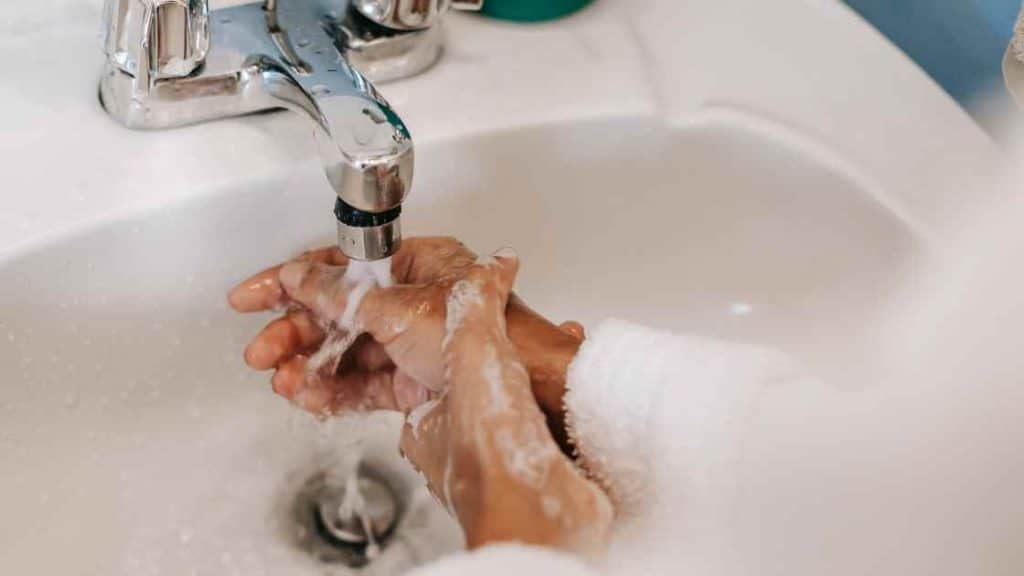
Maintaining a sparkling kitchen sink doesn’t mean you have to rely on bleach. With a mix of natural alternatives, you can achieve a hygienic and safe kitchen environment. Embracing non-bleach options can easily blend into your cleaning habits. Let’s explore simple ways to keep your sink germ-free, daily.
Balancing Effectiveness With Environmental Concerns
Choosing green cleaning methods helps protect our planet. Instead of harsh chemicals, natural disinfectants like vinegar and baking soda do the job well. They kill germs and are kind to Earth.
Personalizing Your Kitchen Hygiene Plan
Every home is unique. Craft a cleaning routine that fits your lifestyle. Use lemon for a fresh scent or tea tree oil for its antibacterial properties. Find what works best for you and stick with it.
Continued Learning And Adjusting Strategies
Stay informed about new non-bleach disinfectants. Experiment and tweak your routine for the best results. Your kitchen will stay hygienic, without the use of bleach.
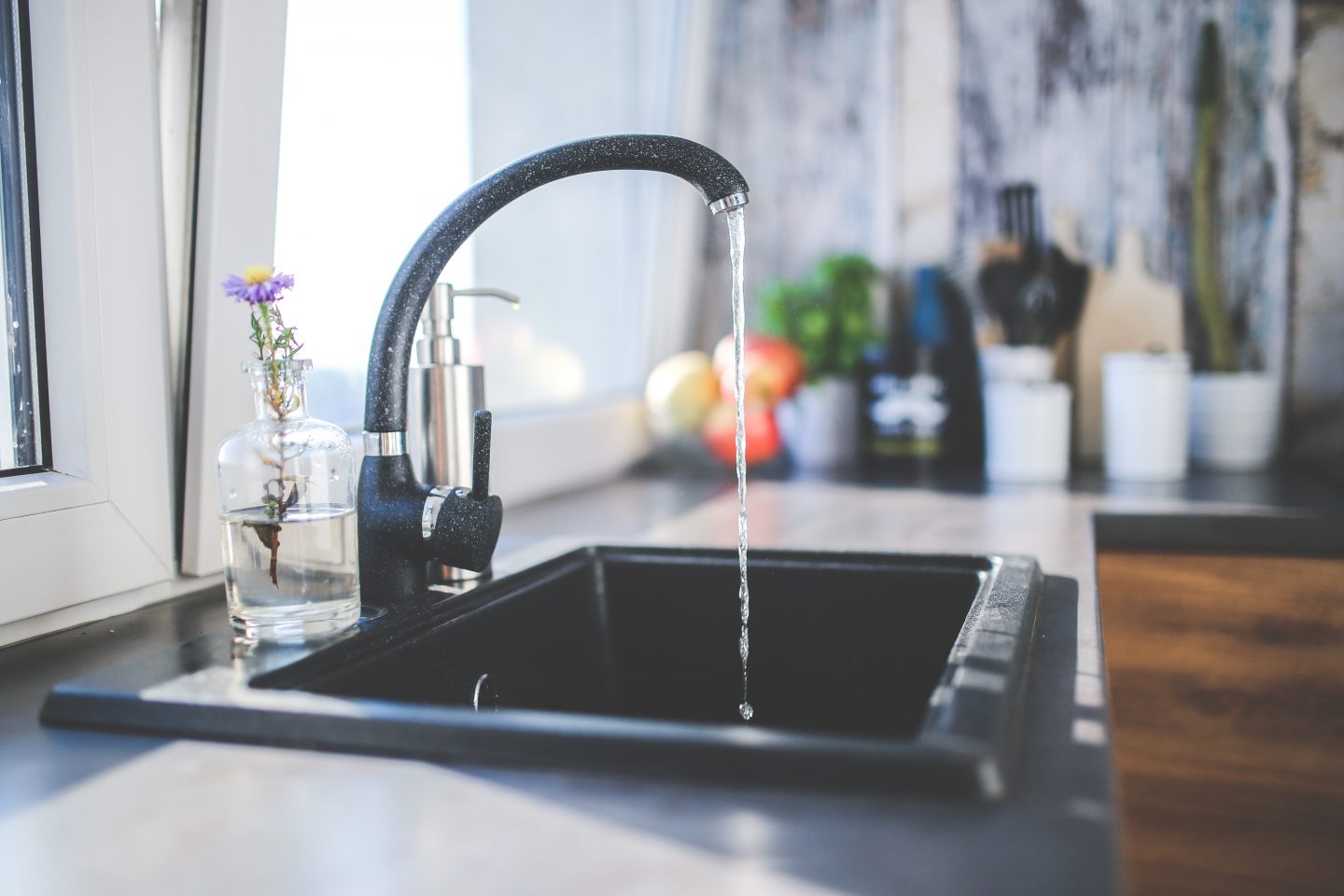
Frequently Asked Questions Of How To Disinfect Kitchen Sink Without Bleach
Can Vinegar Sanitize A Kitchen Sink Effectively?
Yes, vinegar can sanitize a kitchen sink effectively. Its natural acidity helps kill bacteria and germs. Apply undiluted white vinegar, let it sit for a few minutes, then rinse with water.
What Natural Alternatives Disinfect Sinks Besides Bleach?
Baking soda and hydrogen peroxide are potent natural disinfectants. Create a paste with baking soda, spread it in the sink, and then spray with hydrogen peroxide. After a few minutes, scrub and rinse.
How Often Should I Disinfect My Kitchen Sink?
Ideally, disinfect your kitchen sink once a week to maintain hygiene. If you handle raw meat or vegetables frequently, consider disinfecting more often to prevent cross-contamination.
Are Essential Oils Useful For Sink Disinfection?
Some essential oils, like tea tree or eucalyptus oil, have antibacterial properties. Add a few drops of water or a natural cleaner to enhance disinfection and leave a fresh scent.
How do you clean a sink without bleach?
To clean a sink without using bleach, mix equal parts white vinegar and baking soda to form a paste. Scrub the sink with the paste using a sponge or brush, then rinse thoroughly with water for a non-toxic and effective cleaning solution.
How do you clean a sink without chemicals?
To clean a sink without chemicals, mix equal parts of baking soda and white vinegar to form a fizzy paste. Apply the mixture to the sink surface, scrub with a brush or sponge, and then rinse thoroughly with water for a chemical-free and effective cleaning solution.
Conclusion
Keeping a pristine kitchen sink doesn’t require harsh chemicals like bleach. Include natural alternatives for a safe, effective clean. These eco-friendly solutions not only protect your family’s health but also the environment. Get sparkling results while nurturing a healthy home and planet.
Start your chemical-free cleaning journey today!

